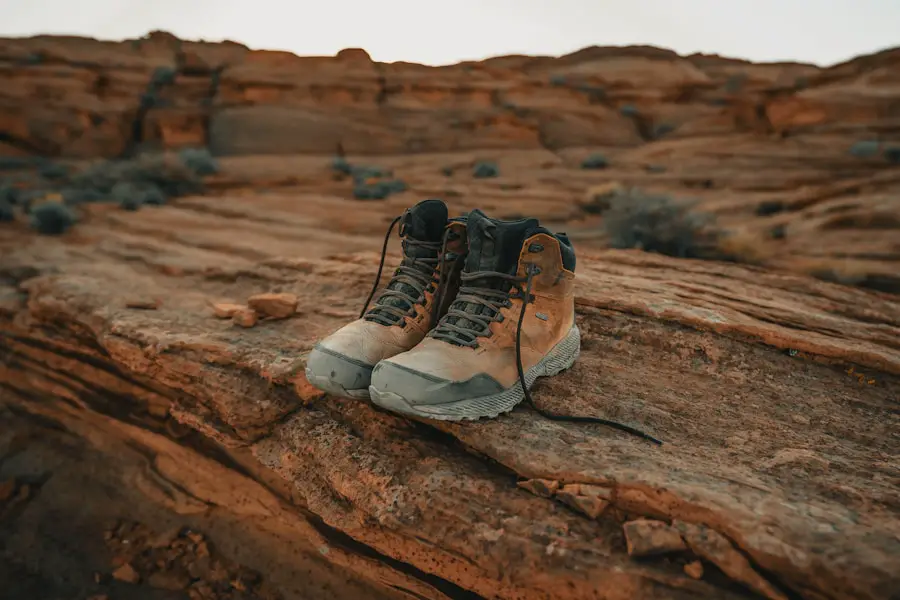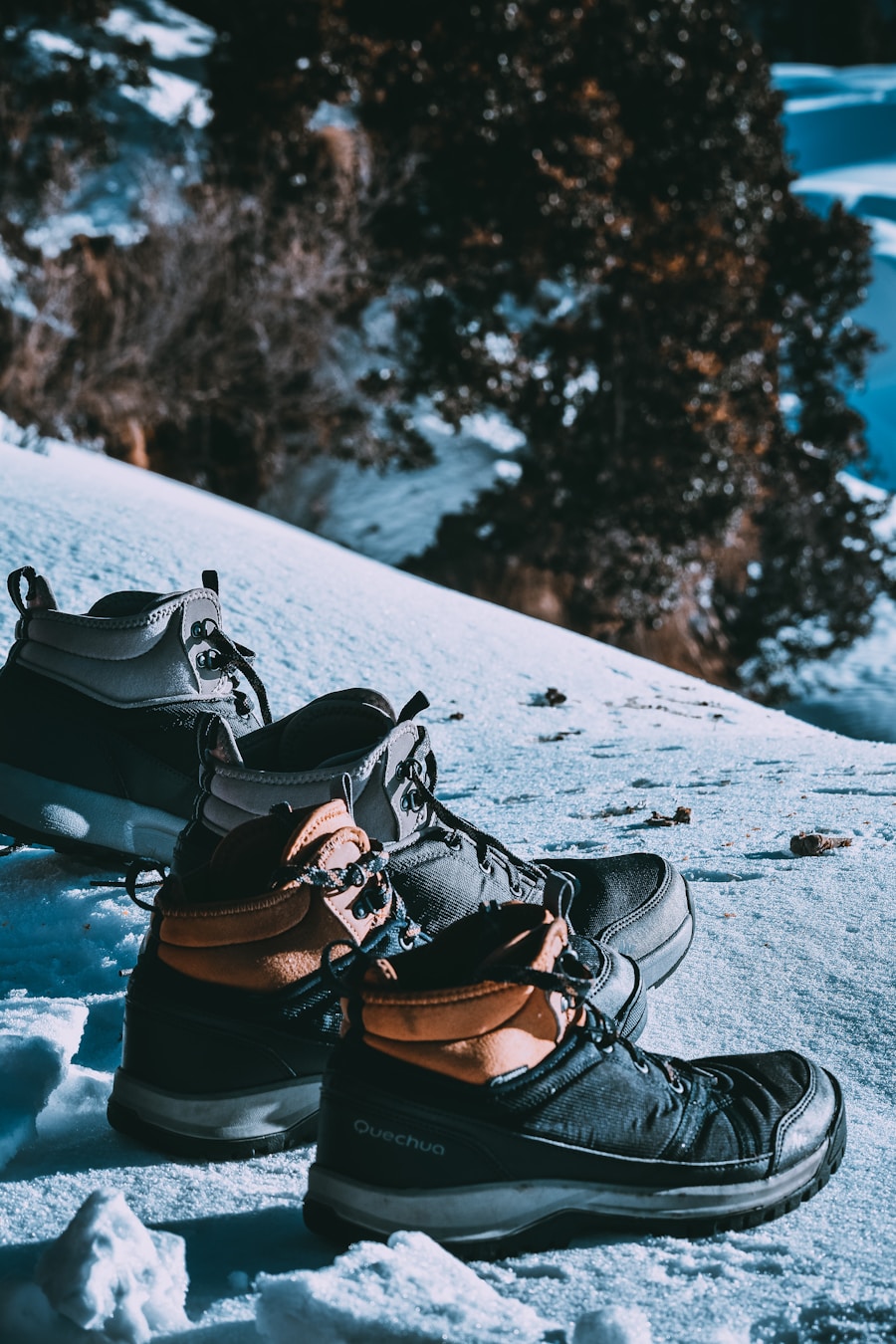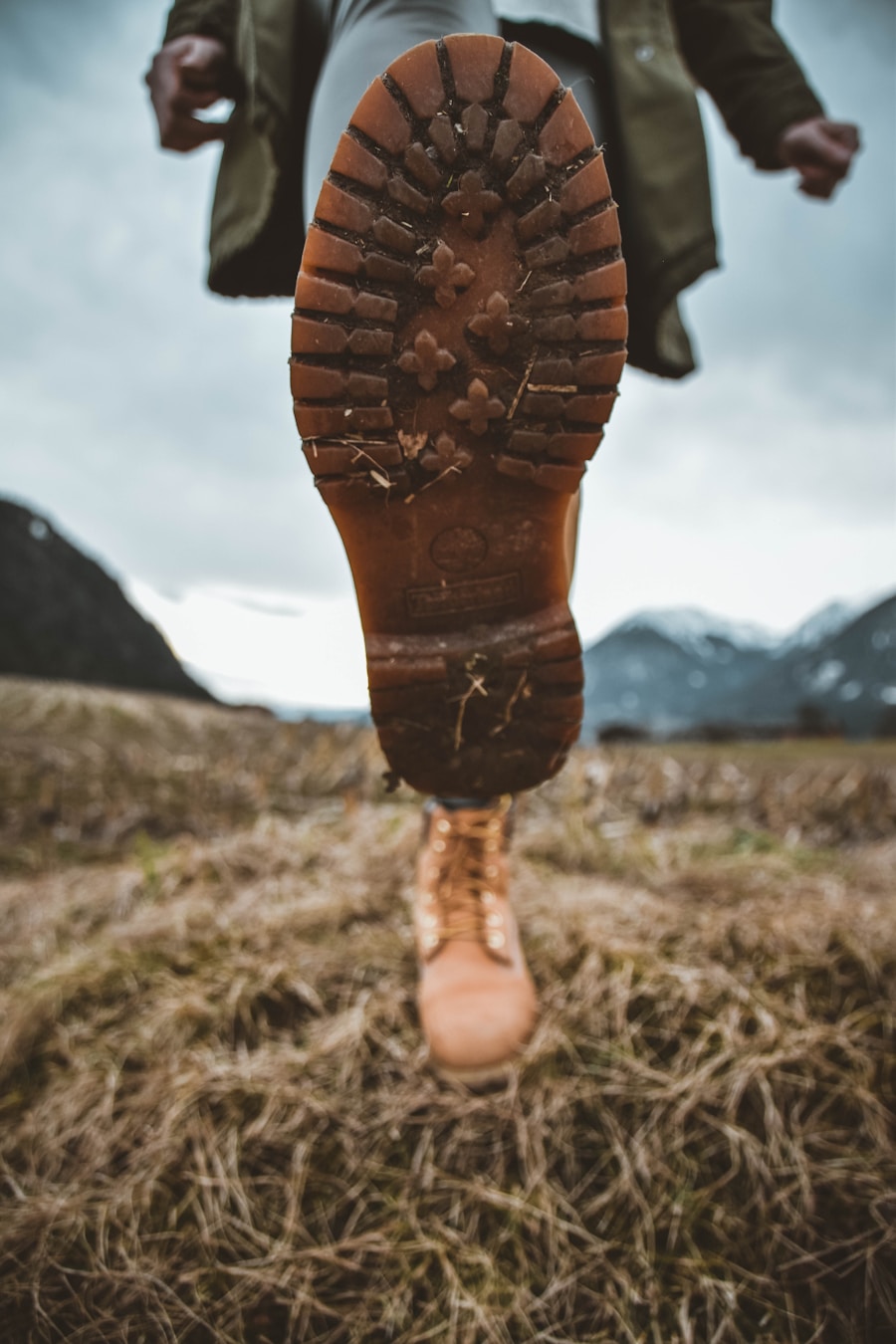When embarking on a hiking adventure, the first step is to assess your specific needs and preferences. This involves considering the type of hiking you plan to undertake, whether it be day hikes, multi-day backpacking trips, or rugged mountain treks. Each of these activities demands different footwear characteristics.
For instance, if you are planning a leisurely day hike on well-maintained trails, you might prioritize comfort and lightweight options. Conversely, if your journey involves challenging terrains or extended periods in the wilderness, you will need boots that offer enhanced support and durability. Additionally, understanding your hiking style is crucial.
Are you an avid backpacker who carries heavy loads, or do you prefer light and fast hiking? The weight of your pack can significantly influence the type of boot you should choose. A heavier pack necessitates a boot with more support and stability to prevent fatigue and injury.
Furthermore, consider the frequency of your hikes. If you hike regularly, investing in high-quality boots that can withstand wear and tear is essential. On the other hand, if you hike infrequently, you might prioritize comfort and affordability over advanced features.
Key Takeaways
- Understand your hiking needs before choosing a hiking boot
- Consider the terrain and weather conditions you will be hiking in
- Choose the right boot height based on ankle support and protection needed
- Finding the right fit is crucial for comfort and preventing blisters
- Consider materials and construction for durability and breathability
Considerations for Terrain and Weather
The terrain and weather conditions of your hiking destination play a pivotal role in determining the appropriate footwear. Different environments present unique challenges that require specific boot characteristics. For example, rocky trails demand boots with robust outsoles for traction and protection against sharp stones.
In contrast, muddy or soft trails may require boots with deeper lugs for better grip and stability. If your hikes take you through alpine regions or rugged mountains, look for boots that provide excellent ankle support to navigate uneven surfaces safely. Weather conditions are equally important to consider when selecting hiking boots.
Rainy or snowy climates necessitate waterproof footwear to keep your feet dry and comfortable. Conversely, if you are hiking in hot and dry conditions, breathability becomes a priority to prevent overheating and excessive sweating. Some boots are designed with features that cater to both extremes, offering waterproofing for wet conditions while maintaining breathability for warmer weather.
Understanding the interplay between terrain and weather will guide you in selecting boots that enhance your hiking experience.
Choosing the Right Boot Height

Boot height is a critical factor that influences comfort, support, and protection during hikes. Hiking boots generally come in three main heights: low-cut, mid-cut, and high-cut. Low-cut boots are lightweight and provide excellent freedom of movement, making them suitable for day hikes on well-maintained trails.
However, they offer limited ankle support, which may not be ideal for uneven or rocky terrains. Mid-cut boots strike a balance between support and mobility. They provide additional ankle coverage while remaining relatively lightweight, making them versatile for various hiking conditions.
These boots are often favored by those who tackle moderate trails or carry light to moderate loads. High-cut boots, on the other hand, offer maximum ankle support and protection, making them ideal for challenging terrains or heavy backpacking trips. The added height helps prevent ankle sprains and provides stability on uneven ground.
Ultimately, the choice of boot height should align with your hiking style and the specific demands of your chosen trails.
Finding the Right Fit
| Metrics | Data |
|---|---|
| Job Openings | 345 |
| Applicants | 789 |
| Interviews Conducted | 234 |
| Offers Extended | 123 |
| Offers Accepted | 87 |
Achieving the perfect fit is paramount when selecting hiking boots, as an ill-fitting pair can lead to discomfort and even injury during long hikes. To find the right fit, it is advisable to try on boots at the end of the day when your feet are slightly swollen from daily activities. This ensures that you account for any changes in foot size throughout the day.
When trying on boots, wear the same type of socks you plan to use while hiking to get an accurate sense of how they will feel on the trail. Pay attention to several key areas when assessing fit: the length, width, and volume of the boot. Your toes should have enough room to wiggle without feeling cramped, while the heel should fit snugly to prevent slipping during movement.
Additionally, consider the arch support provided by the boot; those with high arches may require additional cushioning or insoles for optimal comfort. It’s also beneficial to walk around in the boots for an extended period to ensure they feel comfortable over time. A proper fit not only enhances comfort but also reduces the risk of blisters and other foot-related issues.
Materials and Construction
The materials used in hiking boots significantly impact their performance, comfort, and durability. Common materials include leather, synthetic fabrics, and rubber. Leather is known for its durability and water resistance but can be heavier than synthetic options.
Full-grain leather offers excellent protection against abrasions and is often used in high-end hiking boots designed for rugged terrains. However, it requires a break-in period to achieve optimal comfort. Synthetic materials such as nylon or polyester are lighter and often more breathable than leather, making them suitable for warmer climates or fast-paced hikes.
These materials can also dry quickly if they become wet, which is advantageous in unpredictable weather conditions. The construction method also plays a role in boot performance; for instance, boots with a cemented construction tend to be lighter but may not offer the same level of durability as those with a Goodyear welt construction, which allows for resoling when the soles wear out.
Support and Stability Features

Support and stability are crucial elements in hiking boots that can greatly affect your performance on the trail. A well-designed boot should provide adequate arch support to distribute weight evenly across your foot while reducing fatigue during long hikes. Many brands incorporate features such as shanks or plates within the sole to enhance stability on uneven surfaces.
These components help prevent excessive flexing of the boot, allowing for better control over rocky or slippery terrain. Ankle support is another vital consideration, especially for those who hike in challenging environments. High-cut boots typically offer superior ankle support through reinforced collars that cradle the ankle joint.
This feature is particularly beneficial when carrying heavy loads or navigating steep inclines where the risk of rolling an ankle is heightened. Additionally, some boots come equipped with advanced cushioning systems that absorb shock during descents, further enhancing stability and comfort.
Waterproofing and Breathability
The ability of hiking boots to keep your feet dry while allowing moisture to escape is a critical factor in maintaining comfort during hikes. Waterproofing technologies vary among brands but often include membranes such as Gore-Tex or proprietary waterproof liners that prevent water from entering while allowing sweat vapor to escape. This dual functionality is essential for hikers who encounter wet conditions or stream crossings.
However, breathability should not be overlooked; a boot that is entirely waterproof may trap moisture inside if it lacks adequate ventilation. This can lead to discomfort and blisters during long hikes in warm weather. Some manufacturers address this issue by incorporating mesh panels or using lightweight materials that promote airflow without compromising waterproof capabilities.
Striking a balance between waterproofing and breathability ensures that your feet remain comfortable regardless of changing weather conditions.
Durability and Longevity
Durability is a key consideration when investing in hiking boots, as they are subjected to various environmental stresses during outdoor activities. High-quality materials and construction techniques contribute significantly to a boot’s longevity. For instance, reinforced toe caps protect against rocks and roots while enhancing overall durability.
Additionally, outsoles made from high-abrasion rubber provide traction while resisting wear over time. Regular maintenance can also extend the life of your hiking boots. Cleaning them after each hike removes dirt and debris that can degrade materials over time.
Conditioning leather boots with appropriate products helps maintain their suppleness and water resistance. Furthermore, inspecting your boots regularly for signs of wear—such as frayed laces or worn-out soles—allows you to address issues before they compromise performance on the trail. Investing in durable hiking boots not only enhances your comfort but also ensures that you can rely on them for many adventures to come.
If you’re looking for the perfect hiking boots to accompany you on your next adventure, be sure to check out this article on the best carry-on luggage for international travel. Just like a reliable pair of hiking boots, having the right luggage can make all the difference when exploring new destinations. Make sure you’re prepared for any journey by investing in quality gear that will last for years to come.
Love travel? Join Our Facebook Community For More Tips.
FAQs
What are hiking boots?
Hiking boots are a type of footwear designed for outdoor activities such as hiking, trekking, and mountaineering. They are specifically designed to provide support, stability, and protection for the feet and ankles during these activities.
What are the different types of hiking boots?
There are three main types of hiking boots: hiking shoes, mid-cut boots, and high-cut boots. Hiking shoes are low-cut and lightweight, suitable for day hikes and light backpacking. Mid-cut boots provide more ankle support and are ideal for rougher terrain and longer hikes. High-cut boots offer the most ankle support and are designed for challenging terrain and heavy backpacking.
What features should I look for in hiking boots?
When choosing hiking boots, it’s important to consider factors such as the boot’s material, fit, support, traction, and waterproofing. Look for boots made of durable, breathable materials with a snug but comfortable fit, good ankle support, a grippy outsole, and waterproof or water-resistant properties.
How should hiking boots fit?
Hiking boots should fit snugly but not too tight, with enough room to wiggle your toes. Your heel should not lift when walking, and there should be no pressure points or areas of discomfort. It’s important to try on hiking boots with the socks you intend to wear while hiking to ensure the right fit.
How do I care for hiking boots?
To prolong the life of your hiking boots, it’s important to clean them regularly, remove dirt and debris, and allow them to dry thoroughly after each use. Conditioning the leather and reapplying waterproofing treatments as needed can also help maintain the boots’ performance and durability.
